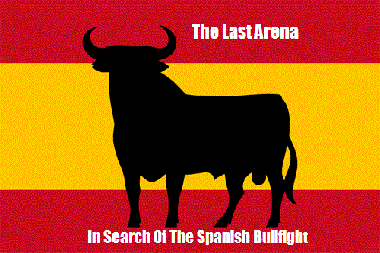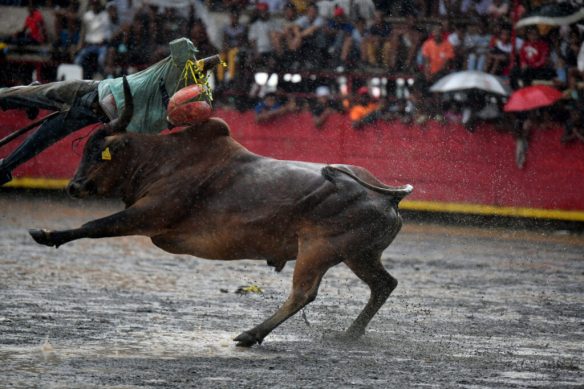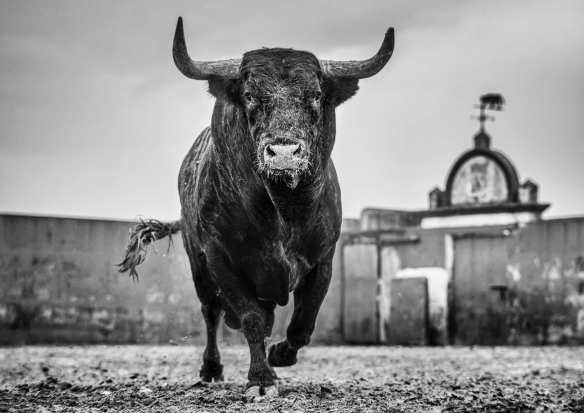


THE UNTOUCHABLE
(Originally published in French, translated from the original English enclosed below. En español aquí.)

I was told this story by an elderly Englishman who boarded the ‘Ciudad de Sevilla’ alongside me at the Port of Marseilles, en route to Rio de Janeiro in the Spring of 1940. His French was rusty and this had led to some confusion with the marseillais-speaking porters, so I assisted him and he thanked me in my own native Castillian, even though we had conversed in English up until that moment.
Seeing him dining alone that evening, I accepted his invitation to join his table. The rest of the ship’s passengers were refugees from Europe’s troubles, and that difference in itself gave us something in common.
He was clearly a man of private means and was journeying to Petrópolis to pay his respects at the funeral of the son of the old Emperor, whom he had known as a young man. I told him that I worked as a translator and had been sent by a publishing house to assist one of their authors, an Austrian, who had fled due to his religion and race and was seeking safe haven in Latin America.
We bonded over a shared love of history and storytelling and, as the wine flowed, he gained confidence and began to switch readily between my language and his, and I remarked that he must have spent some time in Spain.
This remark, innocently made, gave him pause, and I wondered if I had offended him or opened some old wound, and I apologised. He brushed my words aside and, having made some internal decision, began to tell me the story which I recount below, to the best of my ability and memory.
What shocked me at the time was not the story itself – fiction is at least half of my work – but the way that he told it. As I say, I cannot speak for its truth, although one wonders how an Englishman would know so accurately the inner workings and ritual of that closed, arcane and cruel world of ‘tauromachy’.
However, on his absolute sincerity I would bet my life: he believed every word he spoke. With each passing segment of memory his skin flushed and paled, his fingers trembled and steadied and the tendons of his hands and neck swelled and became distinct as though in a much younger man under great physical and emotional strain. This was not a performance, but a reliving of events both terrible and mystifying.
As a side note I should add that the ship docked at Barcelona the next day to take on a last group of passengers before heading out into the Atlantic. When I did not see the Englishman at dinner I enquired of the steward and was told he had unexpectedly disembarked in Spain. Whether he caught another ship or ever even made it to Brazil, I do not know.
* * *
I travelled through Spain in my twenties on a small inheritance. I had served in the Second Battle of Ypres, where I lost my innocence and the use of one leg, which explains the silver-headed cane which I carry to this day. Being no use in battle, and with the war between the various descendants of the Celts and the Saxons continuingly so bloodily in the north, I travelled south, to Madrid, and gained an interest in the more personal, less mechanised form of slaughter so wrongly called by my countrymen the bull-fight.
It was for that reason I saw a famous young toreador of the day with a bull named Barbero on the 27th of June 1917. It was the same day my brother succumbed to wounds received at Messines. Such were the times. That is also why I remember the date, although I should always remember that bullfight. Until, that is, I saw one better. I get ahead of myself, though. Suffice to say it was no coincidence that it was then that my passing interest turned to a fascination in that strange, formalised dance between man and beast that is la corrida.
I spoke with friends in the city, and they told me to head further south, and, from there, friends in Seville sent me out into the countryside so I could see from where those magnificent animals and valorous young men gain their instincts and their techniques.
I saw things in those days I had not thought possible. I have seen courage in the field: I have seen a regiment of men hold steady as half their number, comrades and friends, were snatched out of existence as though by the hand of some impatient deity, leaving behind a mist of pale redness and the sound of roaring thunder.
However, I had never seen a man, armed only with a piece of cloth, hypnotise a half of a ton of wild beast until it rests its horn against him like the Lady and the Unicorn in those tapestries which were also the products of Flanders but in a more civilised age.
As with the visionary and the zealot, at each new revelation my obsession grew.
It was around that time that I heard the story of a matador who was so nonchalant of death that the people who saw him said the bull that would kill him was not only weaned and eating grass but had probably already been loaded onto the truck bound for the plaza de toros that morning.
They had continued to say this about him for fifteen years.
The strangest thing of all about this fearless and nerveless man, besides his apparently charmed life, was the evolution of his character: at one point he had been the star of the bullfighting world, but that had changed. He had ceased fighting in the major bullrings or cultivating the visibility that such a profession requires. When he was young he had fought in Barcelona and Madrid and been seen in the finest restaurants of those great cities. Then he started only to fight in small, unknown towns, Tafalla in Navarre or Osuna in Andalusia – do you know them? No one does.
He even began signing his contracts under an assumed name so he would not appear on the posters announcing his bullfights. He stopped paying the customary bribe to the critics in the newspapers, and they duly ceased writing about him. Then, finally, he ceased appearing altogether.
However, among those with deep afición, true lovers of the taurine arts as I was seeking to become, his name was still one to conjure with, spoken with passion in those hidden bars near bullrings with their dark-wood walls and cigar-smoke air.
His name was José Luis Castro Martín, but he was known more simply as ‘The Untouchable’.
To read on, please click here…


















 Para leer esta publicación, ‘Colgando La Chaqueta: Adiós a las armas’, en español, por favor haga
Para leer esta publicación, ‘Colgando La Chaqueta: Adiós a las armas’, en español, por favor haga 


















 Question:
Question: